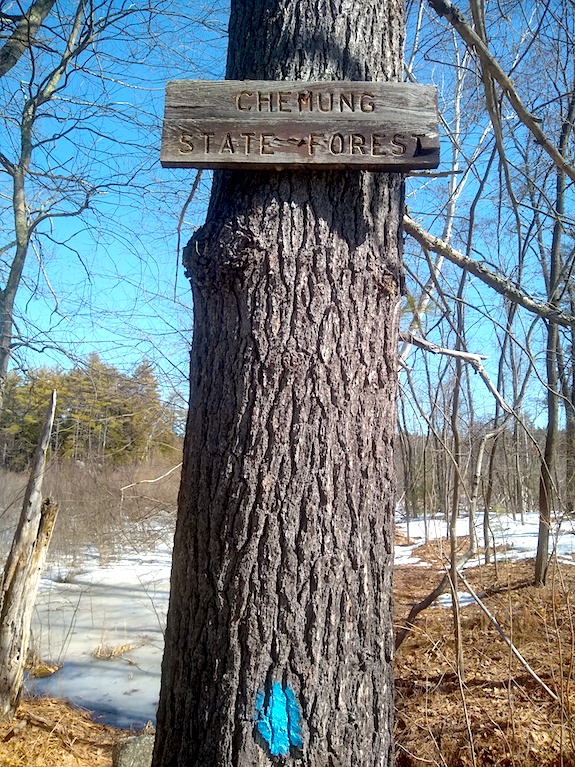
Chemung State Forest | I’ve driven past this sign hundreds and hundreds of times in the past ten years and only ten days ago I saw it on the tree! I have to drive up and down Chemung Road to get to and from my house to town. The State of New Hampshire Parks Division uses that brilliant teal blue paint to blaze all the trees and mark boundary corner trees. Copyright 2021 Tim Carter
Chemung State Forest K-4884 – POTA Activation
Today I completed a Parks on the Air (POTA) activation at Chemung State Forest on Chemung Road in Meredith, New Hampshire. Rumor has it this forest has the only nesting site of the last pair of mating New Hampshire flamingos. I have a picture of the nest in the tree at the bottom of this tale.
It was a delightful sunny late-winter day. The temperature was just about 50 F when I set up at 12:35 PM, and later rose to a balmy 53 F. That’s remarkably warm weather for New Hampshire in late March.
Solitude in the Cemetery
Chemung State Forest is an expansive piece of land that I’ve called the Land of the Dead Trees ever since I moved up here in 2008. It stretches between Chemung Road to the west and all the way to the northwestern shoreline of Lake Winnisquam. My house is just 2 miles south of here on the western shore of Lake Winnisquam.
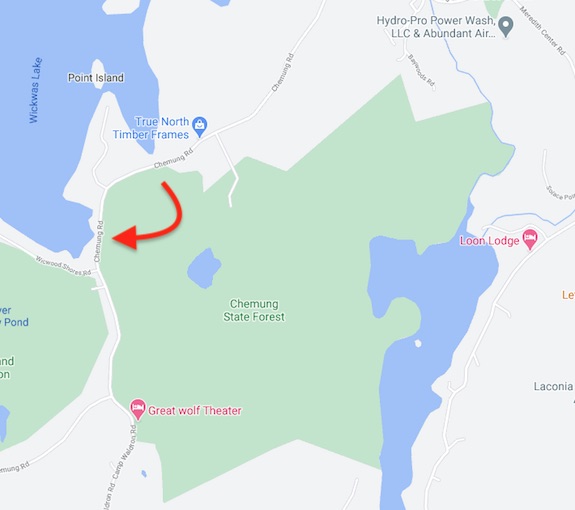
I was sitting on a bench right at the tip of the red arrow.
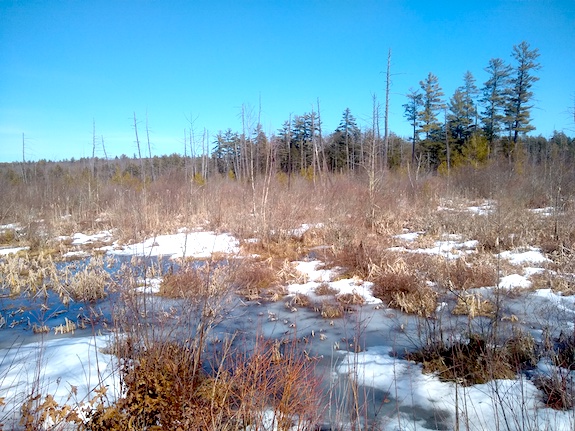
There are hundreds of dead trees that are standing in the marshy wetlands of this state property.
Most of the land appears to be a very shallow marshy lake bed that’s filled in over the years. I set up in a small cemetery that’s directly across from the Wickwas Lake boat-launch ramp. There was no one around me and just a few cars went past me the entire time I was here. It was very peaceful.

This is the cemetery sign with the graves just on the other side of the fence.
There was still about six inches of snow and ice covering the grave markers. I was able to set up comfortably on a nice bench that people must use when they come to visit their dearly departed loved ones.
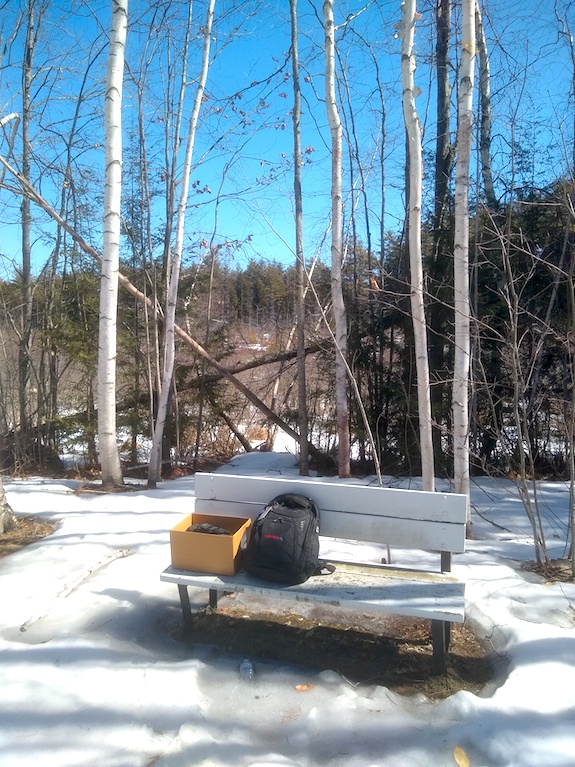
This wonderful bench kept me dry as I made contact with 16 other radio operators.
There were quite a few 50-foot tall birch trees next to the bench and they were perfectly situated to accept my halyard string that would hoist up my 29-foot vertical wire antenna.
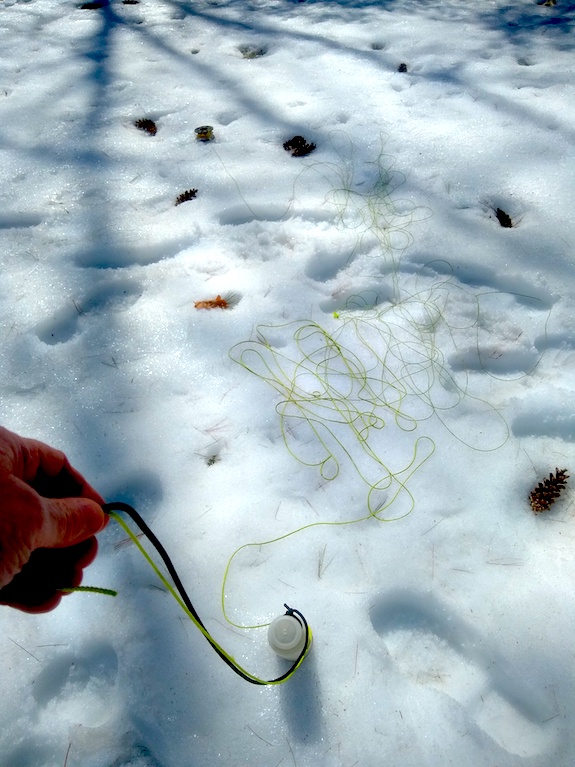
This is my halyard string carefully deployed so it doesn’t tangle as the water bottle rises in the air, goes over a few branches, then drops to the ground. Tangles in the string are death on a stick and can cause quite a bit of stress on cold days.
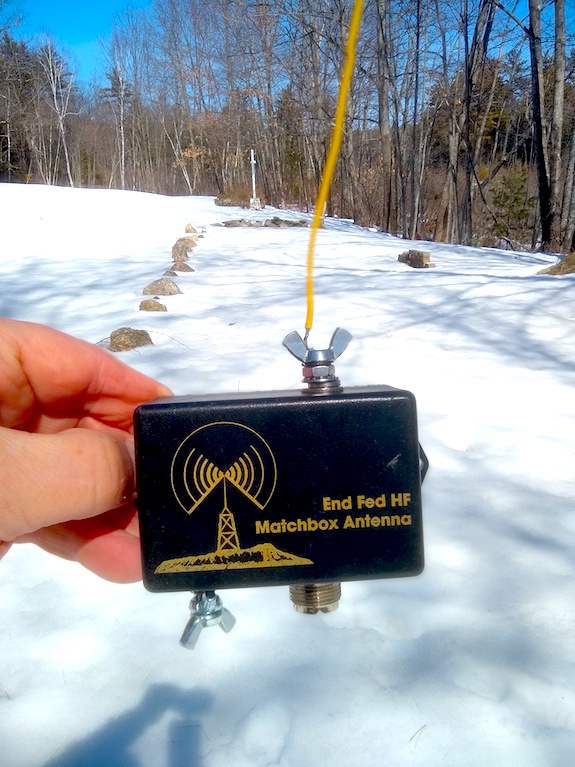
This is my 9:1 unun. The yellow 29-foot antenna wire attaches to the top wingnut. The coax cable that stretches to the radio attaches to the threaded connector on the bottom. Next to that is another wingnut you can put a counterpoise wire on if needed. A counterpoise can help increase the efficiency of the antenna so maximum power is radiated out into the ether. CLICK or TAP HERE to see an assortment of wonderful 9:1 ununs.
My mentor, Jim Cluett – W1PID, taught me years ago how to make a small nalgene water bottle soar into the air up and over tree branches. Done expertly, you can have an antenna up in a tree in just a few minutes. Watch this video to see how it’s done:
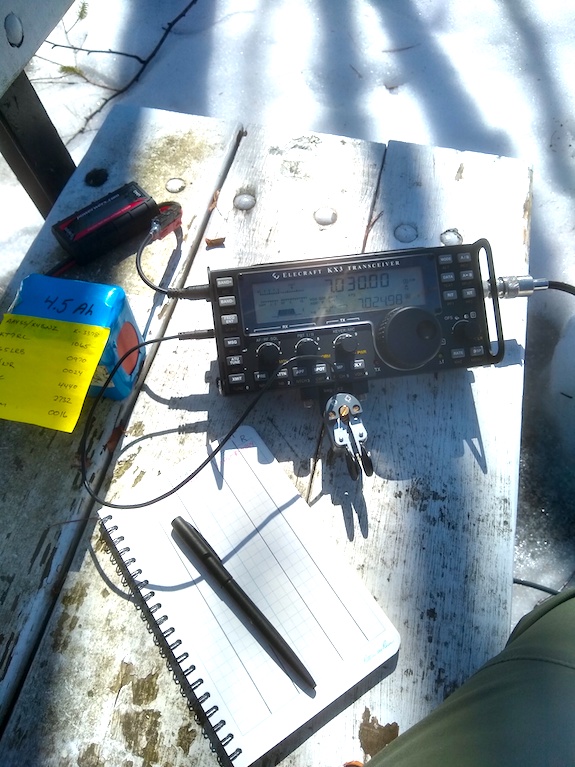
This was my setup for the day. My Elecraft KX3, a 4.5 Ah BioennoPower LiFePh battery, my PowerWerx power analyzer, my Rite-in-the-Rain logbook, and my new magical Begali Adventure Dual paddles. I had the KX3 on for an hour and only sipped 0.46 Ah from the Bioenno battery.
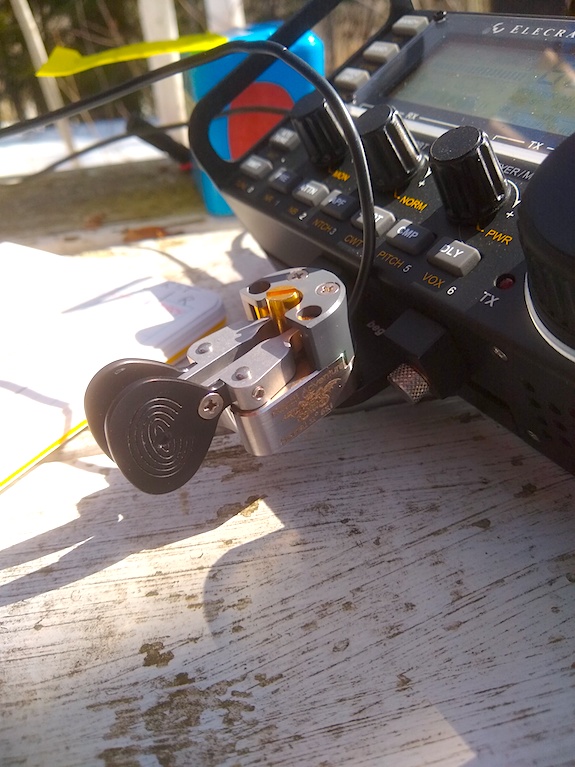
Here’s a better shot of the Begali Adventure Dual paddles. They’re a dream to use. I store this exquisite work of art in a durable Plano waterproof gear case so the paddles never get damaged.
Spotting is Everything for POTA Chasers
The POTA program has grown by leaps and bounds over the past four years. Thousands of amateur radio operators in the USA and other countries are involved. Many are chasers and make contact with people like me who actually go out to the parks to do outdoor radio.
The POTA organizers have developed a wonderful website that allows me or other radio operators to publish what frequency I’m on and where I am. This is called spotting.
Once spotted, an activator like me can almost always count on being pounced on by chasers lusting to get a new rare park entity into their logbook. Just about every POTA location in New Hampshire is rare. There simply aren’t many operators who do outdoor radio who are interested in POTA. You need all these things to come together to have a POTA activation.
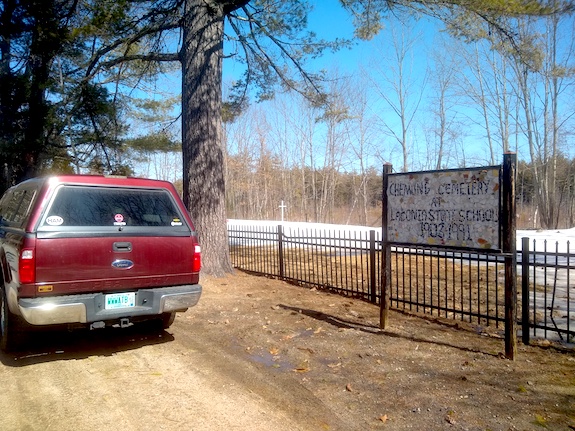
I didn’t have to walk far. The bench was just 100 feet away from the fence behind the sign.
No Spotting = Crickets
If you don’t get spotted, you can transmit CQ POTA forever and no one contacts you. It’s like yelling for help in the deep forest or sitting on the porch on a warm summer night listening to the crickets rub their legs together.
Today, Jim tried to spot me from his house with no success. I tried to use my cell phone to spot me and the POTA website wouldn’t co-operate.
After calling CQ for twenty minutes on different QRP frequencies, I thought, “Heck, I’ll just do it the old-fashioned way. I’ll go hunting for my own contacts.”
Fortunately, it was a Saturday and a big international Russian DX contest was in full swing. The airwaves were filled with operators calling CQ. It only took me about 35 minutes to make fourteen contacts and five of those minutes I was talking on the phone with Jim.
You just need ten contacts for an official POTA activation and I walked away with sixteen. It would have been nice to have a bunch of POTA chasers in my logbook and me in theirs’ but that’s going to have to happen on another day.
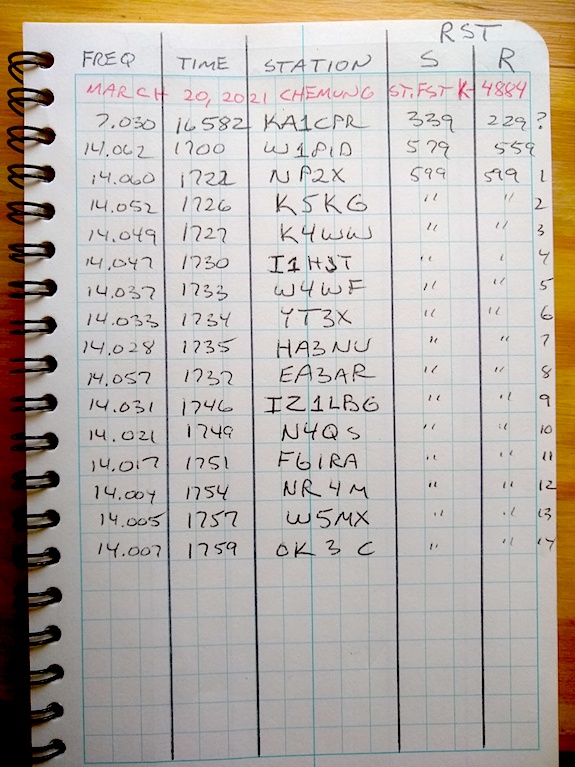
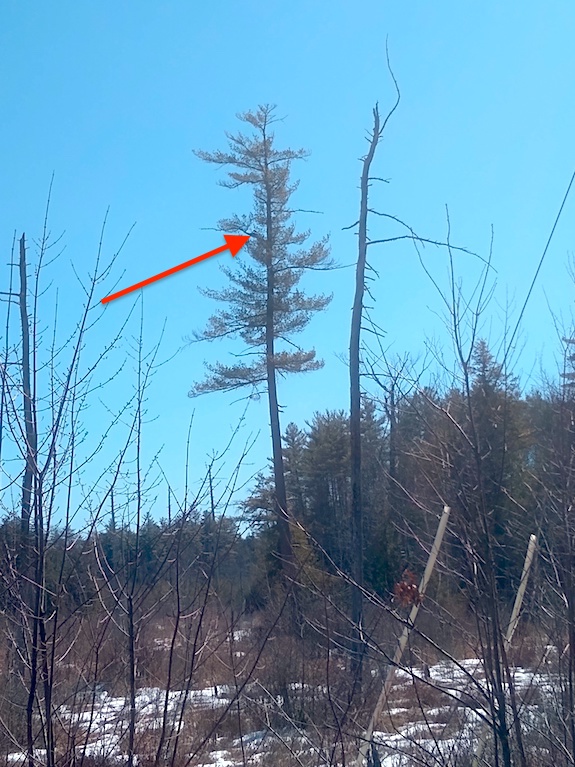
The red arrow points to the flat platform of the nesting flamingos. The male flamingo was standing on the platform when I took this photo. If you want the high-resolution copy of it CLICK or TAP HERE. When you view the high-resolution image you can clearly see the outline of the flamingo’s body. If memory serves me right, I believe my former next-door neighbor here in NH said a friend of a friend of his recalled seeing a citation on NH state park website years back that the flamingos were fourth-generation twice removed from the ones at the beginning of the video just below.
